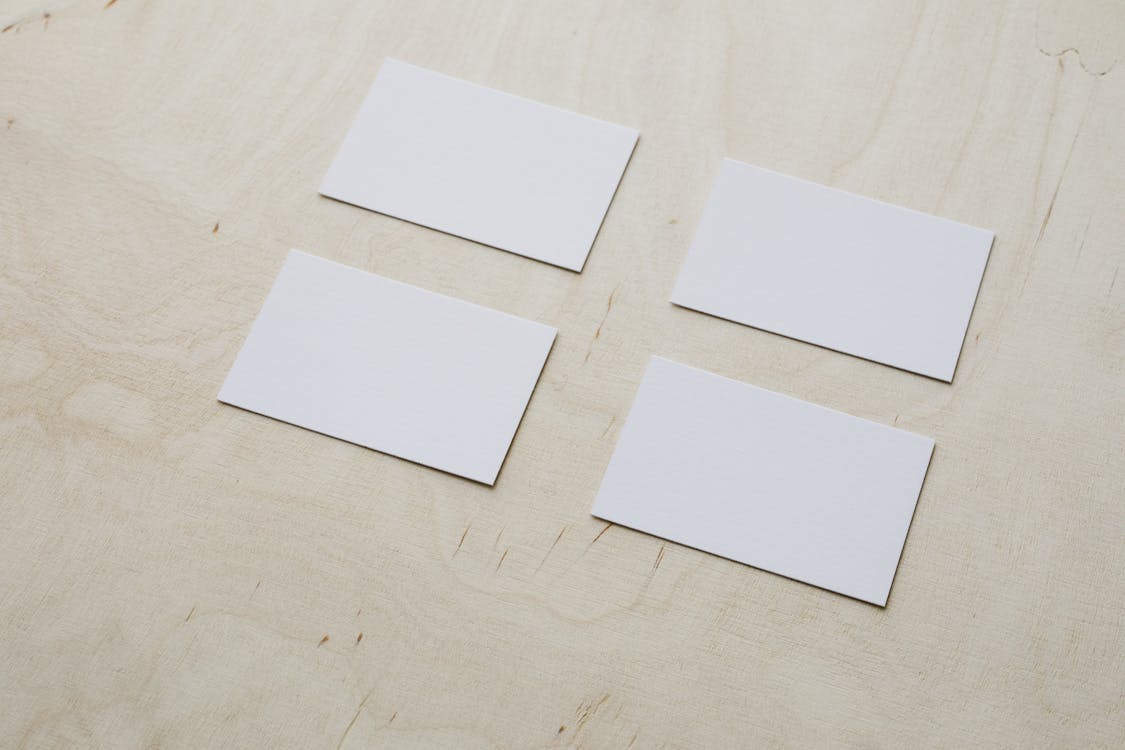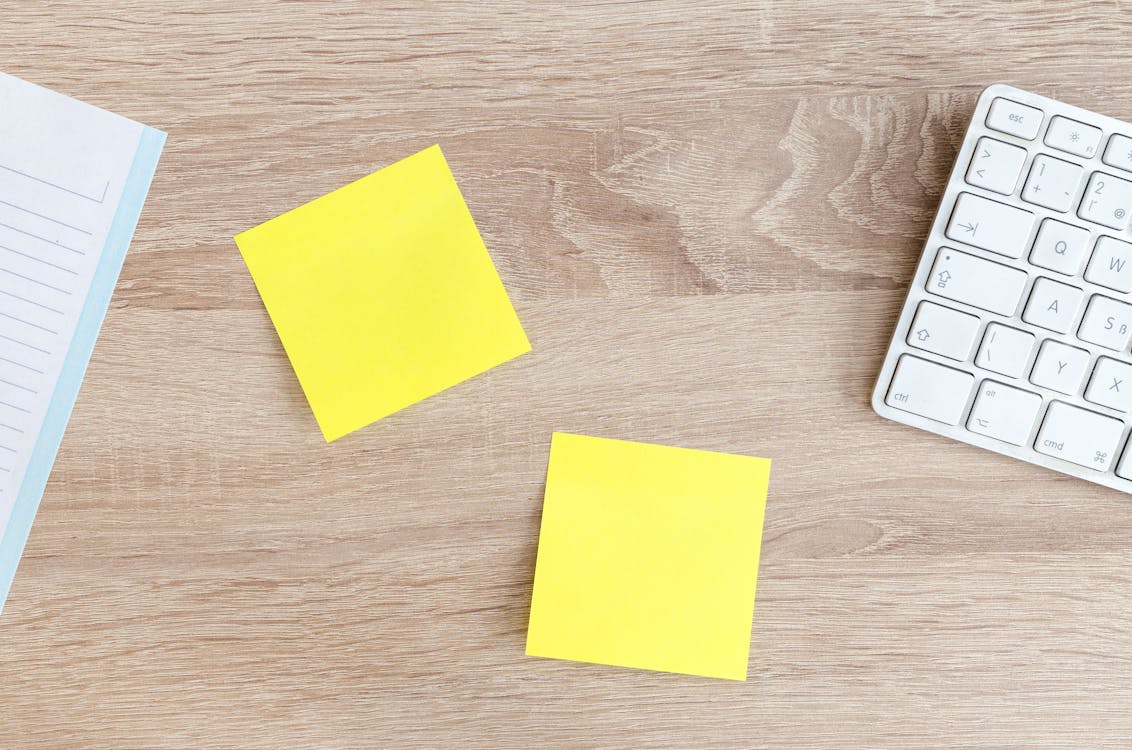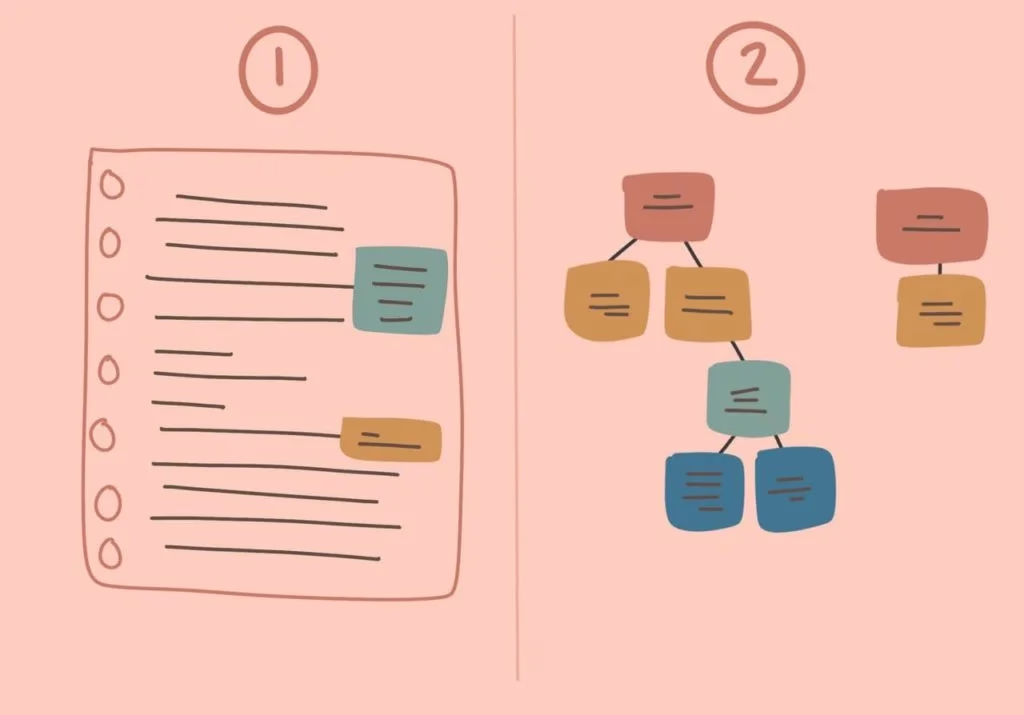
7 Effective revision methods for IGCSE students
As students, we are taught to learn but never how to study for examinations. There are many revision techniques, tools, and strategies that are available for studying. Today, we will break down 7 of the most effective revision methods for students and explain in-depth their pros and suitability to which kind of revision students are going for. It will also include pictorial explanations to some of these revision methods so keep reading!
Read also: 14 Powerful Ways To Do Math Revision Effectively
7 Most effective revision methods for students

1 - Flashcards
One of the most useful and effective revision methods for students is no doubt flashcards. Flashcards are mostly used when students need to remember a substantial amount of information. They are useful for remembering:
- Complex mathematical formulas
- Chemistry and Biology terms
- New words in a new language
- Processes with many steps
These are just some ideas for when students can use flashcards for their studying.
When to use flashcards for studying?
When you have a lot of information such as terms, words, vocabulary as well as steps to a process to remember.
Tools that encourage flashcards revision methods are Anki and Quizlet.

2 - Mindmaps
When we were younger, we were already taught to draw mindmaps to summarise and connect the dots with other chapters of the subject. Mindmaps are great for summary and also testing your knowledge and understanding of all the connecting concepts.
When to use mindmaps as a revision method for students?
Since mindmaps are a summary-based revision method, it is recommended that students use mindmaps at the beginning and the end of their revision for the chapter.
Mindmap at the beginning will help students to have a better overall understanding of what are the concepts that connect with one another. It helps to show and display all the concepts a student will have to go through,
Mindmaps at the end of the revision will round up a revision session. Students should do this last summary mindmap without any reference material near them. Draw a mindmap connecting all the topics you have gone through and try to recall as much as you can when drawing it. Finally, you can compare your first mindmap with this one and check if you have missed out anything.

3 - Using post-it notes
This is another great way to summarise and check your overall understanding of a concept or subject.
How to use post-it to enhance student’s revision?
There are 2 ways a student can use post-its.
First, post-it is mostly used by students who are reviewing their notes and have additional material, information, etc to add on. Or there is an important point that the student needs to remember, the post-it will come in handy as it helps the information to stand out.
Secondly, not the conventional way of using post-it notes but using it this way is effective and fun. This second way of using post-it notes will require students to have a huge working space or a big wall. Write down all the key points from a chapter and organize them in whichever way that is easiest for you to remember. (Remember: color post-its are extremely useful here!). When you have written down all the key points, you are ready to stick them up on your big wall and have a BIG and clear overview of the entire chapter or concept.
This method is not only fun but also enriching and effective.

Hence, when do students use post-its for revision?
Students are more than welcome to experience the fun of turning your big wall into a big mindmap. It helps students to get a clearer overview, understanding, and summary of the chapter as a whole. Additionally, it helps information to stand out in notes, and always good to incorporate post-its in your notes.

4 - Cornell style note-taking
The classic Cornell style of note-taking is a great way to section your lecture notes or revision notes into useful sections. This method of note-taking helps students think metacognitively and analytically. It has 3 main sections in this note-taking and they are your Notes, Cues, and Summary.
| Notes | Where you write all your notes |
|---|---|
| Cues | Questions, main points, or even clues to help you recall the information quicker |
| Summary | A summary of the entire page’s content |

5 - Engage in teaching
Teaching is a great way for students to solidify their understanding and learning. When students are teaching to peers or doing imaginative teaching, it helps them to organize their understanding and thoughts into comprehensible points. Through this, students become analytical and will learn to structure their words and connect all the points in their heads.
This revision method for students is great for summarising and doing final learning checks for their upcoming examinations.
Students can engage in study groups to find the opportunity to teach others their knowledge as well as be engaged in enriching group discussions.

6 - Past year papers and worked solutions
Past year papers are a staple when it comes to revising for final examinations. This is because these past year’s papers are a good representation of the format of the examination. It helps students to have a sense of what the test would turn out to be. Additionally, it tops as a practice for all the students. These past year’s paper questions often test the students the same concepts. They will be able to reinforce some concepts for students and ensure that students are revising on the right track.
Past year papers are a recommended must-do for all students before their examinations. So be sure to practice on them!

7 - Reflecting
Simple but powerful revision method for students. Reflecting helps students to make improvements, understand as well as plan better for their next revision session. Students can reflect on whether they are absorbing the information they have revised, how is their revision progress, whether they are going on the right track, etc. These reflections may seem simple, but they help students to better grasp their revision process and make any changes as soon as possible to better their learning.
Overview of all 7 Revision Methods for Students
| Study method | Uses | When to use | How to use/ Platforms |
|---|---|---|---|
| Flashcards | For memorizing a large amount of information (terms, steps to a process.) | When you are tested on these terms knowing the definition or process is important. | - Anki - Quizlet - Conventional paper and pen way! |
| Mindmaps | Summarising a concept or chapter | When students are almost done with their revision on the chapter or subject as a whole. It can be dissected into summarising for - A concept - A chapter - An entire subject | - Pen and paper - Digital mindmap drawing on iPad - Online platforms that allow students to create free mindmaps |
| Post-it notes | - Adding new information to existing notes - Adding important notes - Summarising | Students can use post-its to add additional information to their existing notes. Secondly, it can be used to summarise all the points in a concept/subject. (using colored post-its) | - |
| Cornell Style Note Taking | For a clearer overview of the notes you have taken that includes, Notes, Cues, and Summary | For note-taking | Draw a couple of lines to make the sections on a paper Otherwise, also available as templates on iPad notetaking |
| Teaching | Ge a clearer understanding of current learning knowledge | When students have completed their learning on a chapter or subject. | - |
| Working on past year papers | Practice and familiarise with the exam format | Best to start and end revision session with doing past year paper | - |
| Reflecting | Helps students to gauge progress, strengths, and weaknesses | Before and after revision session | - |
In a nutshell, these are some of the most used revision methods for students. Keep your head up and study away!
Written by
Tutopiya Team
Educational Expert
Related Articles

Most Common Themes in IGCSE English Writing Tasks
Discover the most popular themes in IGCSE English writing and learn how recognizing them can boost your exam performance.

IGCSE Subject Combinations Guide: Smart Choices for Your Future Success
Comprehensive guide to choosing the best IGCSE subject combinations. Explore popular combinations, career pathways, and expert tips for IGCSE students.

IGCSE Math Study Tips - Science-based Study Tools To Ace Your Exams
The IGCSE Math syllabus builds students' foundation for mathematical concepts. This prepares students for tertiary mathematics
